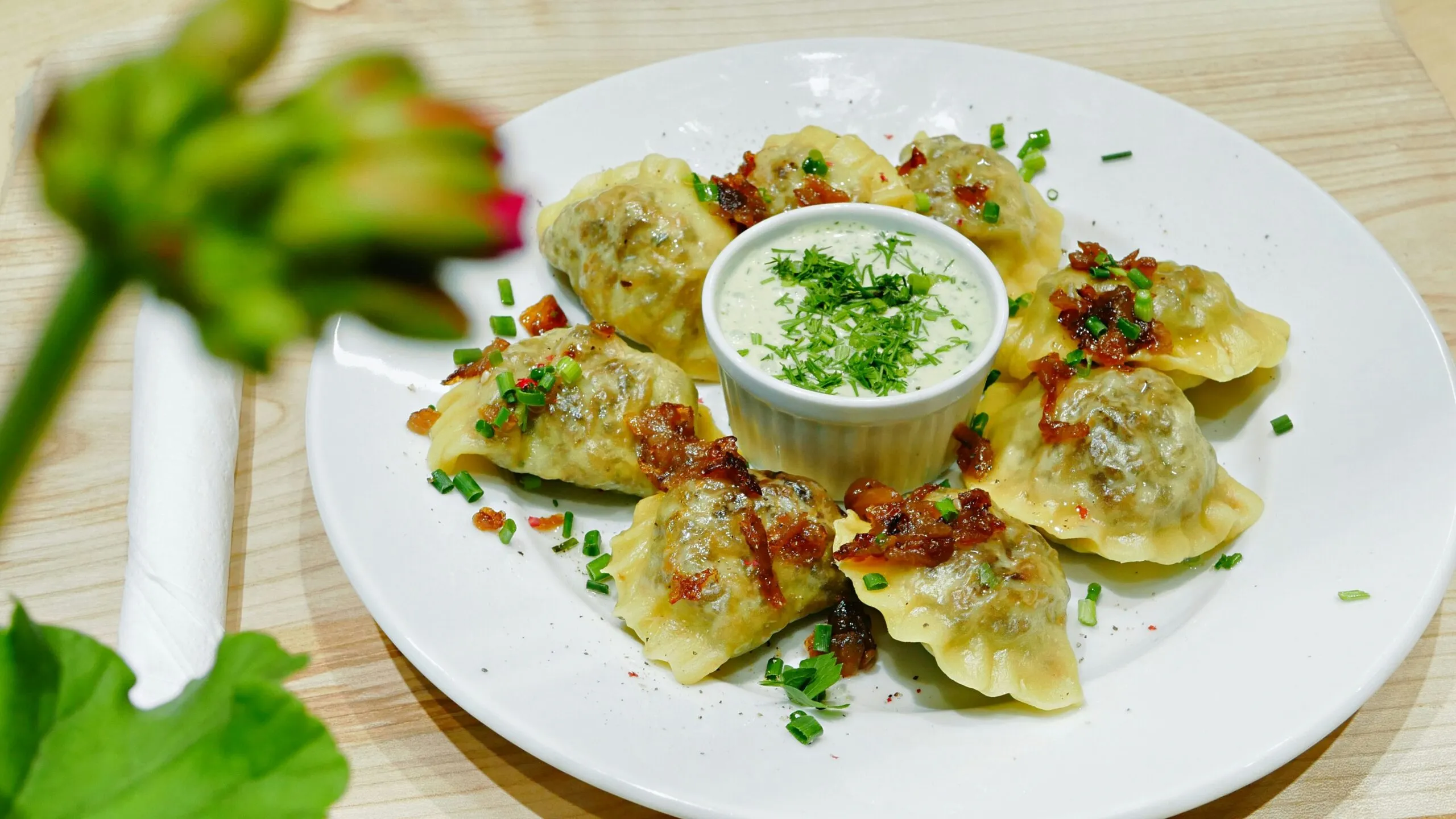Polish cuisine, rich in history and tradition, offers a vibrant tapestry of flavors that reflect the country’s diverse cultural influences and abundant natural resources. The essence of Polish food lies not only in its hearty dishes but also in the unique combination of spices and ingredients that give these dishes their distinctive taste. This blog post delves into the common spices and ingredients that form the backbone of Polish culinary tradition, offering a flavorful journey through this Central European cuisine.
A Historical Context
Poland’s culinary landscape has been shaped by its geographical location and historical interactions with neighboring countries. Over the centuries, the Polish kitchen has absorbed influences from Germany, Austria, Hungary, Lithuania, and Russia, among others. This confluence of cultures has resulted in a rich and varied culinary repertoire.
Key Ingredients in Polish Cuisine
1. Potatoes
Potatoes are a staple in Polish cuisine, featuring prominently in many traditional dishes. They are often boiled, mashed, or made into dumplings known as “pierogi”. Placki ziemniaczane, or potato pancakes, are another beloved dish, typically served with sour cream or a sweet apple sauce.
2. Cabbage
Cabbage is ubiquitous in Polish cooking, particularly in the form of sauerkraut (fermented cabbage). Dishes like “bigos” (a hearty hunter’s stew) and “gołąbki” (cabbage rolls stuffed with rice and meat) highlight the versatility of this vegetable. Fresh cabbage is also used in salads and soups, offering a refreshing crunch and a mild, slightly sweet flavor.
3. Beets
Beets are another foundational ingredient in Polish cuisine, most famously used in “barszcz”, a vibrant beet soup that can be served hot or cold. Beets also appear in salads, often paired with horseradish or apples to create a harmonious blend of sweet and tangy flavors.
4. Mushrooms
Poland’s lush forests are home to a variety of wild mushrooms, including the prized morel mushroom, which are a cherished component of the national diet. Mushrooms are featured in many traditional dishes, such as “zupa grzybowa” (mushroom soup) and pierogi z grzybami (dumplings with mushrooms). The earthy, umami flavor of these mushrooms adds depth to stews, sauces, and casseroles. Foragers particularly treasure morels for their unique honeycomb texture and nutty flavor. To preserve their delicate taste, knowing how to store morel mushrooms properly is essential – typically by drying or freezing – allowing Poles to enjoy these woodland delicacies year-round.
5. Dill
Dill is one of the most commonly used herbs in Polish cooking. Its fresh, slightly tangy flavor enhances a wide range of dishes, from pickles and salads to soups and fish. Dill pickles, or “ogórki kiszone”, are a quintessential Polish snack and a popular accompaniment to many meals.
6. Sour Cream
Sour cream, or “śmietana”, is a fundamental ingredient in Polish cuisine, used to enrich soups, sauces, and desserts. Its creamy texture and tangy flavor balance the richness of dishes like “żurek” (sour rye soup) and “pierogi ruskie“ (dumplings filled with potatoes and cheese).
Common Spices in Polish Cuisine
1. Marjoram
Marjoram is a staple spice in Polish kitchens, known for its sweet, citrusy flavor and aromatic properties. It is commonly used in soups, such as “grochówka” (pea soup), and in meat dishes like “kielbasa” (sausage). Marjoram adds a subtle complexity that enhances the overall taste profile of many traditional Polish dishes.
2. Caraway Seeds
Caraway seeds impart a distinct, slightly nutty and peppery flavor that is essential in Polish cooking. They are often used in rye bread, “kapusta kiszona” (sauerkraut), and “kiełbasa” (sausages). Caraway also plays a role in seasoning stews and meat dishes, adding a warm, earthy undertone.
3. Bay Leaves
Bay leaves are used extensively in Polish soups and stews, providing a subtle bitterness and a depth of flavor. They are an essential component of “bigos” and “żurek”, as well as in various meat marinades and pickling solutions.
4. Allspice
Allspice, with its complex blend of flavors reminiscent of cloves, cinnamon, and nutmeg, is a popular spice in Polish cuisine. It is used to season meats, especially in “kotlet schabowy” (breaded pork cutlet) and “pasztet” (meat pâté). Allspice also adds a warming note to pickles and baked goods.
5. Juniper Berries
Juniper berries bring a unique, piney flavor to Polish dishes. They are often used in marinades for game meats and in “bigos”, enhancing the savory, smoky character of this traditional stew. The slightly sweet and resinous taste of juniper berries makes them a distinctive addition to the Polish spice palette.
6. Pepper
Both black and white pepper are crucial in Polish cooking, providing heat and depth to a wide range of dishes. Pepper is used generously in soups, stews, and sausages, and it’s also a key seasoning for cured meats and pickles.
Traditional Polish Dishes Highlighting These Flavors
1. Bigos (Hunter’s Stew)
Bigos is a quintessential Polish dish that showcases the country’s love for hearty, flavorful stews. Made with a combination of sauerkraut, fresh cabbage, various meats (often including game), and a blend of spices such as bay leaves, juniper berries, and pepper, bigos is traditionally simmered for hours, allowing the flavors to meld together beautifully.
2. Pierogi
Pierogi are iconic Polish dumplings that come with a variety of fillings, from savory to sweet. Common savory fillings include potatoes and cheese, sauerkraut and mushrooms, or meat. Sweet versions might be filled with fruits like cherries or blueberries. These dumplings are often topped with fried onions, sour cream, or a sprinkle of dill.
3. Żurek (Sour Rye Soup)
Żurek is a sour soup made from fermented rye flour, often served with boiled eggs, sausage, and potatoes. The addition of marjoram, bay leaves, and pepper gives this soup its distinctive flavor, while the sour base provides a refreshing tanginess.
4. Placki Ziemniaczane (Potato Pancakes)
These crispy potato pancakes are a beloved comfort food in Poland. Grated potatoes are mixed with onions, eggs, and a touch of flour, then fried until golden brown. They are typically served with sour cream and sometimes a sprinkle of fresh dill or applesauce for a sweet contrast.
5. Kielbasa (Polish Sausage)
Kielbasa is a broad term for Polish sausages, which come in many varieties. These sausages are seasoned with a mix of spices, including garlic, marjoram, and caraway seeds, giving them a robust flavor. Kielbasa can be smoked, boiled, grilled, or fried, and is often served with mustard, sauerkraut, or bread.
Conclusion
Polish cuisine is a celebration of rich, hearty flavors that are deeply rooted in the country’s history and natural bounty. The common spices and ingredients, from the aromatic dill and marjoram to the robust flavors of cabbage and mushrooms, create a culinary experience that is both comforting and captivating. Exploring Polish food is not just about savoring delicious dishes; it’s about experiencing a culture that takes pride in its traditions and the land that provides for its people. So, the next time you sit down to a meal of pierogi, bigos, or żurek, take a moment to appreciate the unique flavors that make Polish cuisine so special.
Stay in touch to get more updates & news on Gossips!




